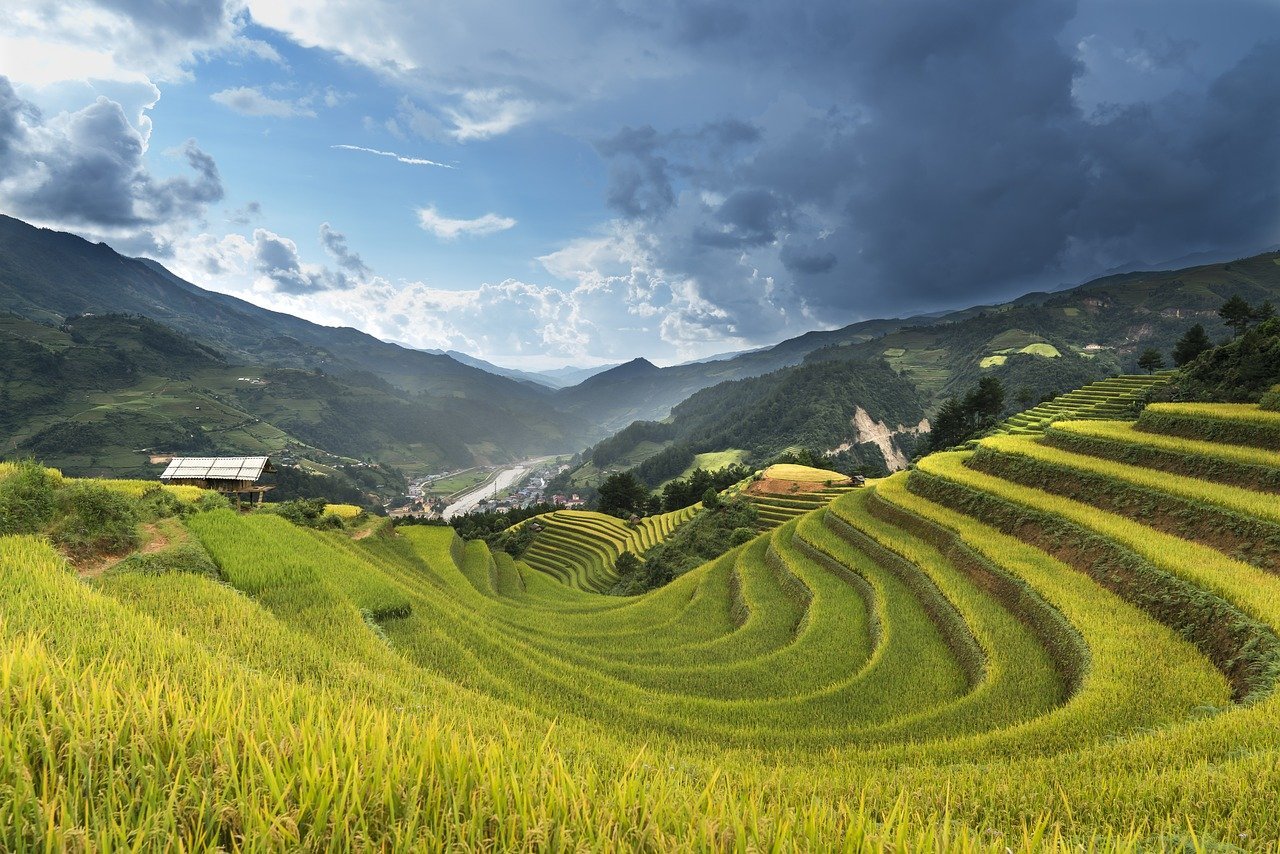Discover Vietnam, a land of staggering natural beauty and cultural complexities, that offers an enthralling mix of old and new, tradition and innovation. This guide leads you through the magical landscapes, from the rice terraces and towering limestone karsts to the bustling city streets.
The Beauty of Vietnam: Why It’s a Must-Visit Destination
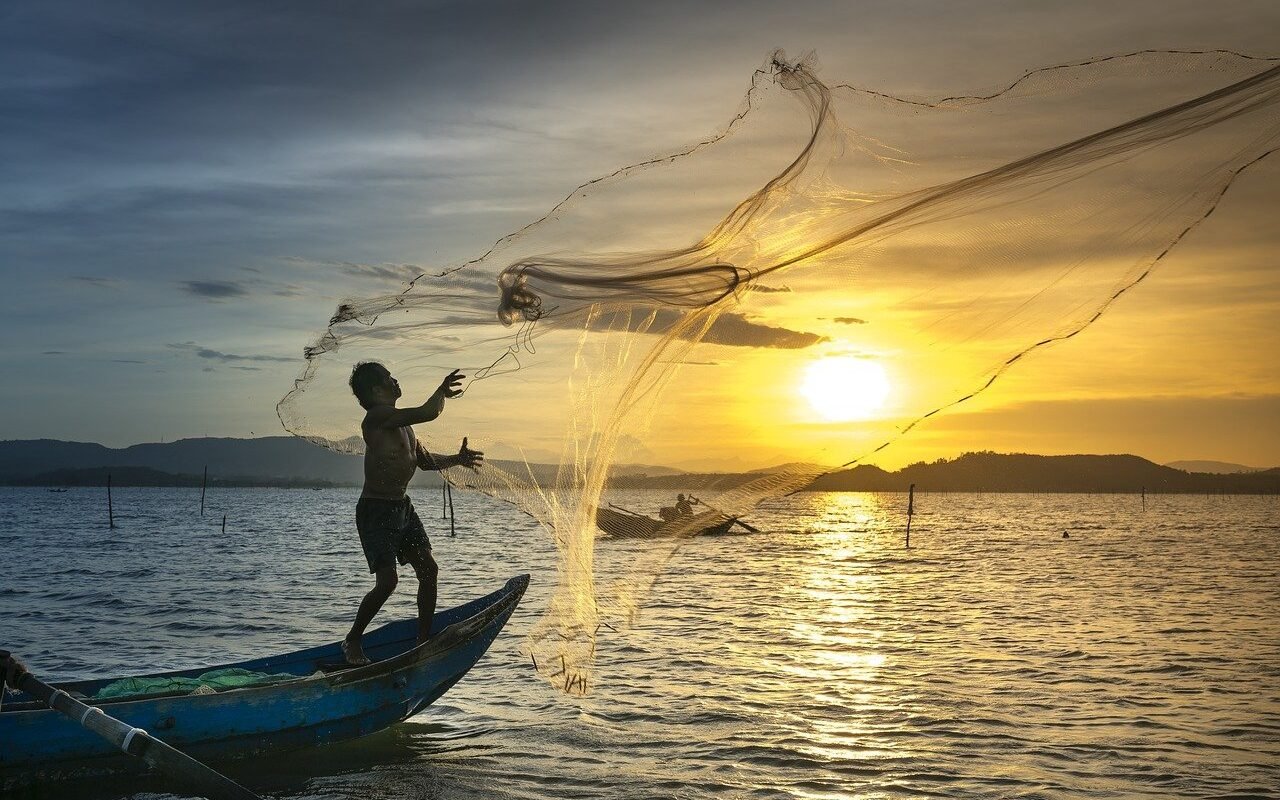
Vietnam, a country with a mesmerizing blend of natural wonders and rich cultural heritage, stands out as a must-visit destination for travelers around the world. Here’s why:
UNESCO World Heritage Sites: Vietnam is home to several UNESCO-listed sites that are a testament to its historical and cultural richness. For example, Ha Long Bay, renowned for its emerald waters and thousands of towering limestone islands topped with rainforests, offers an otherworldly experience. Similarly, the ancient town of Hoi An, with its well-preserved architecture and car-free streets, takes you back in time.
Vibrant Cities: Vietnam’s cities are a whirlwind of energy and tradition. Hanoi, the capital, fuses the old-world charm with the pace of modern life. Its bustling streets, colonial architecture, and rich food scene make it a fascinating urban experience. Ho Chi Minh City, on the other hand, is the commercial hub, known for its skyscrapers and vibrant nightlife.
Natural Scenery: Beyond its cities, Vietnam’s landscape is breathtakingly diverse. From the rice terraces in Sapa to the serene beaches in Da Nang and Nha Trang, the country offers a range of natural beauty. The Phong Nha-Ke Bang National Park, another UNESCO site, features impressive limestone karsts and caves.
Rich History and Culture: Vietnam’s history is complex and compelling. Museums and historical sites across the country, like the Cu Chi Tunnels and the Imperial City in Hue, provide insights into Vietnam’s past, including its dynasties and colonial history.
Culinary Delights: Vietnamese cuisine is a highlight for many travelers. It’s known for its fresh ingredients, balance of flavors, and variety. From street food in bustling markets to fine dining experiences, food is an integral part of the Vietnamese travel experience.
Welcoming People: The warmth and hospitality of the Vietnamese people add to the country’s charm. Engaging with locals and experiencing their daily life enriches the travel experience
Discover Vietnam: A Rich History
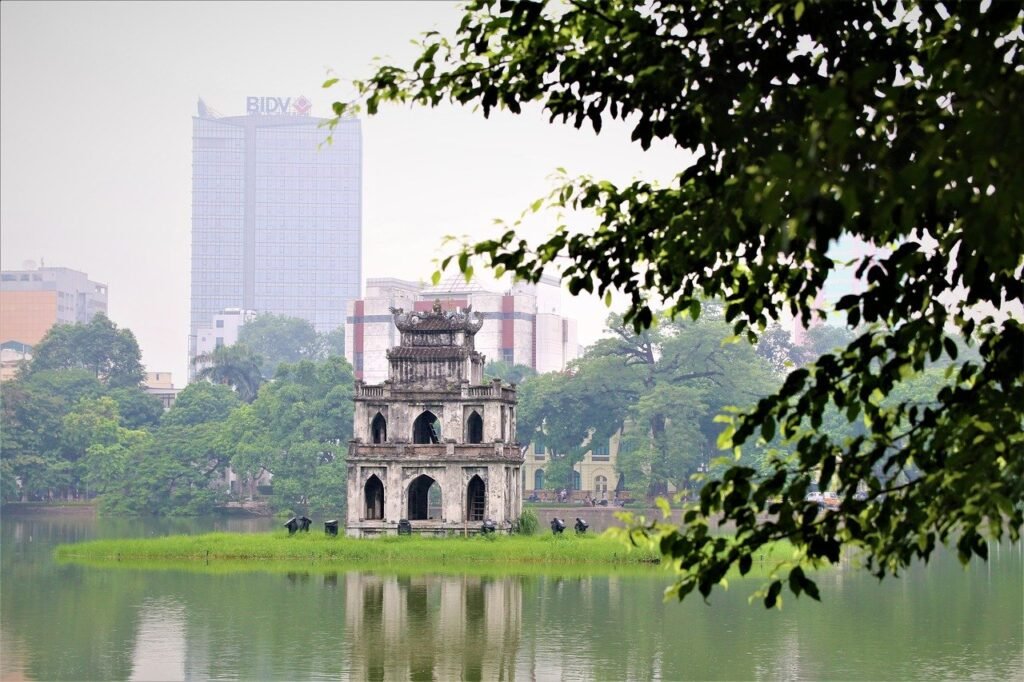
Vietnamese history is indeed a rich tapestry that spans several millennia, encompassing ancient dynasties, colonial occupations, and modern transformation. This complex history has profoundly shaped Vietnam’s society, politics, and culture, making it a fascinating study for historians and travelers alike.
Ancient Dynasties and Kingdoms: The story of Vietnam begins with ancient kingdoms and dynasties. Vietnamese history traces back to around 2879 BC with the people known as “Bách Việt”. Over the centuries, Vietnam saw the rise and fall of several dynasties such as the Dinh and Le dynasties in the Ninh Binh Province. The Ly Dynasty (1009-1225) and the Tran Dynasty (1225-1400) were crucial periods marked by significant development in culture, education, and defense.
Imperial Era: The Imperial City of Hue is a prime example of Vietnam’s rich imperial past. It served as the capital of the Nguyen Dynasty, the last ruling family of Vietnam. The complex, with its palaces and shrines, reflects the opulence and power of the imperial era.
Colonial Period: Vietnam’s history also includes a period of colonial rule, most notably by the French. This era left a significant mark on Vietnamese culture, architecture, and society.
War and Conflict: A substantial part of Vietnamese history is marked by conflict, including the well-known Vietnam War. The War Remnants Museum in Ho Chi Minh City offers a poignant look at this period, displaying artifacts, photographs, and stories that illustrate the war’s impact on Vietnam and its people.
Modern-Day Vibrancy: Today, Vietnam is known for its vibrancy and resilience. Having emerged from the shadows of its complex history, the country is now a hub of economic and cultural activity. It blends its rich historical heritage with modern development, making it a unique and captivating destination.
Discover Vietnam: Geography and Climate
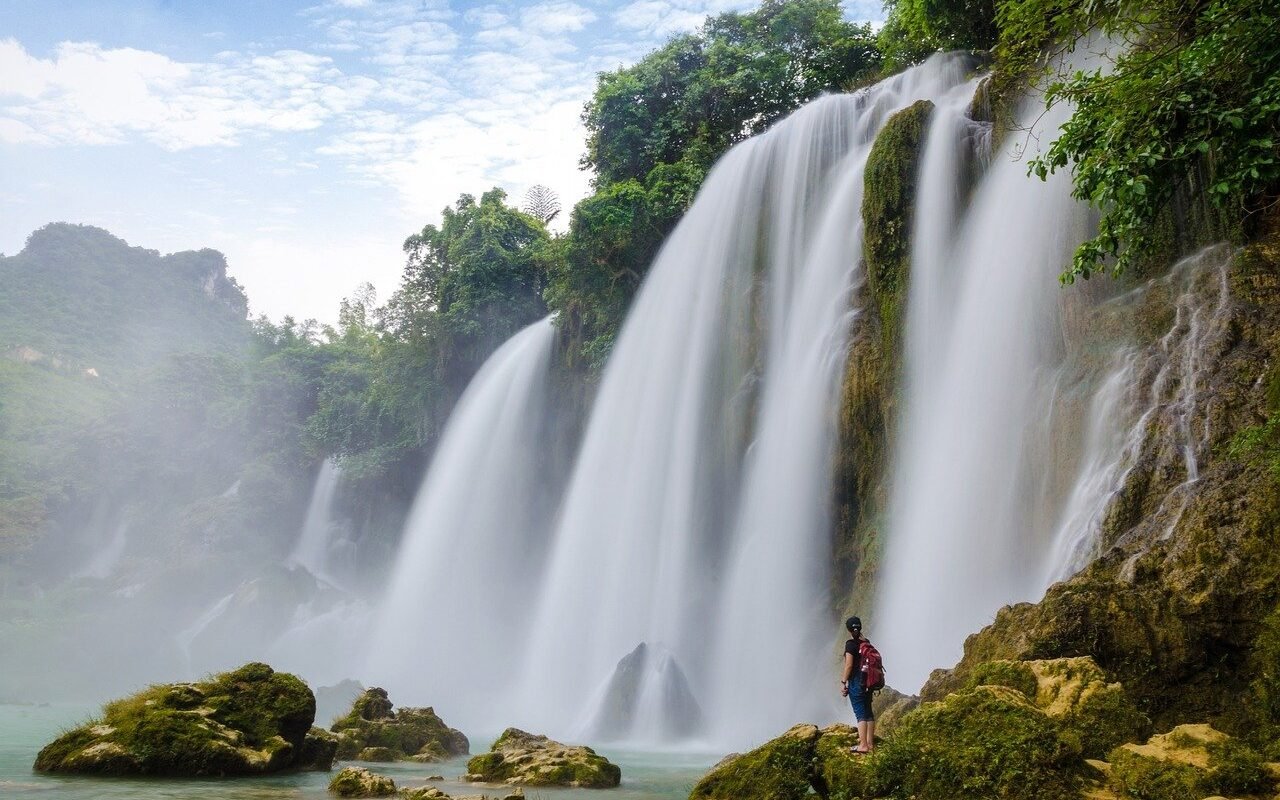
Vietnam’s geography and climate are remarkably diverse, contributing to the country’s unique ecological and cultural landscape.
- Geographical Diversity: Vietnam stretches over 1,650 kilometers from north to south, with a width varying between 50 and 600 kilometers east to west. This elongated shape encompasses a variety of landscapes, including mountains, deltas, forests, and coastlines. The northern part of Vietnam is mostly mountainous or hilly, covered in dense jungle, while the south is characterized by the fertile Mekong Delta.
- Climate Variability: The climate in Vietnam varies significantly from north to south. The northern region, including Hanoi, experiences four distinct seasons: spring, summer, autumn, and winter, with a monsoonal pattern. Summers can be hot and humid, while winters are relatively cool and dry. The central region has a transitional climate, with a mix of northern and southern weather patterns.
- Tropical South: The southern part of Vietnam, including Ho Chi Minh City, experiences a tropical climate. This region has two main seasons: a wet season and a dry season. The wet season runs from May to November, with high humidity and frequent, heavy rainfall. The dry season, from December to April, is characterized by drier, warmer weather.
- Regional Variations: Coastal areas, such as Da Nang and Nha Trang, generally have milder temperatures and less extreme weather compared to the interior highlands. The central highlands, including areas like Da Lat, experience a cooler climate, often preferred by those seeking respite from the tropical heat.
- Impact on Biodiversity and Culture: This geographical and climatic diversity significantly influences Vietnam’s biodiversity, agriculture, and cultural practices. It contributes to the country’s rich array of flora and fauna and shapes the agricultural calendar, which is deeply intertwined with cultural festivals and traditions.
What to Know
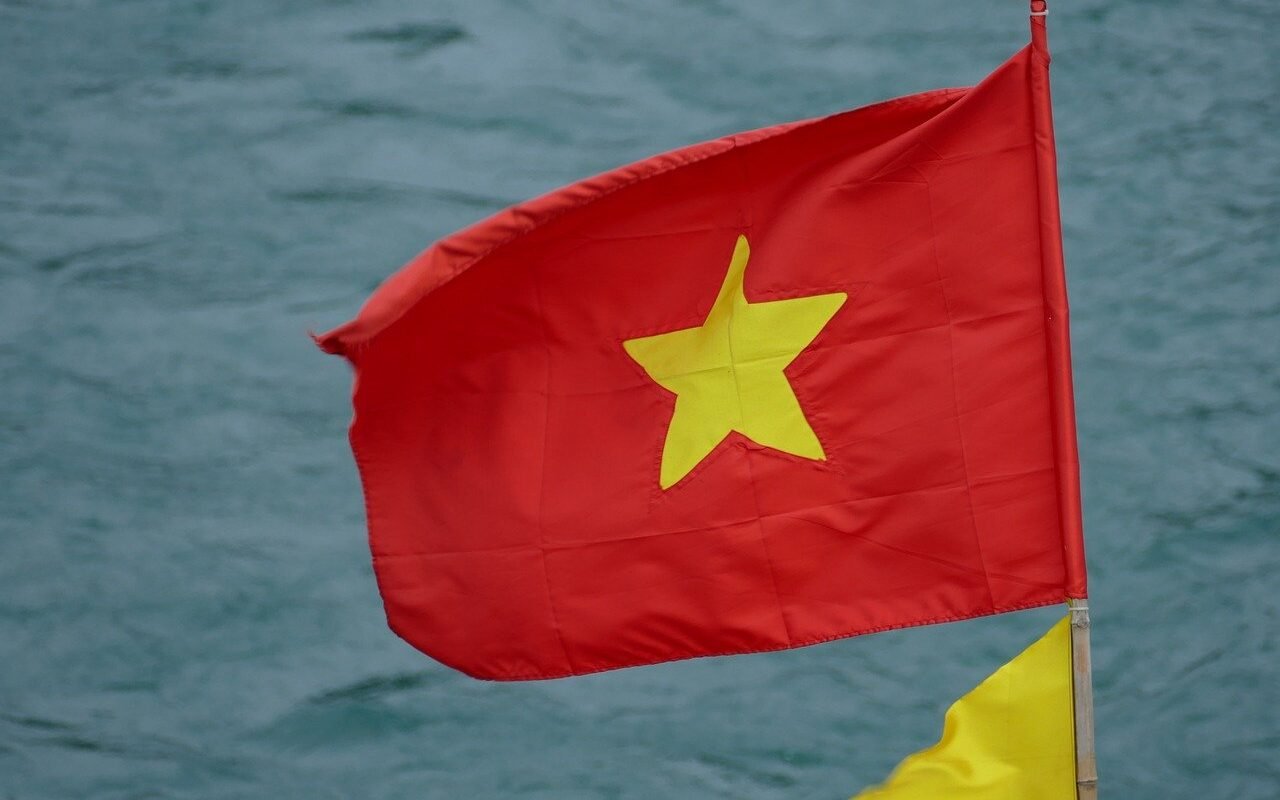
Language
While Vietnamese is the official language, English is increasingly popular in tourist areas. Knowing some basic phrases can enhance your experience:
- Hello: Xin chào
- Thank you: Cảm ơn
- Yes: Vâng / No: Không
- Excuse me/Sorry: Xin lỗi
Use Travel Translate to easily communicate with locals.
Currency
The official currency is the Vietnamese đồng (₫, VND). Notes come in various denominations, from 1,000 to 500,000 VND. It’s essential to familiarize yourself with the look and value of each note to avoid confusion.
Credit Cards and ATMs
Major cities and tourist spots widely accept credit cards. However, in rural areas, cash is king. ATMs are readily available in urban areas. It’s advisable to carry a mix of cash and cards. Be aware that ATMs can have withdrawal limits and sometimes run out of cash.
Plugs and Voltage
Vietnam uses type A, C, and D plugs, and the standard voltage is 220V. Carrying a universal adapter is a good idea if your devices use different plug types or voltages.
Safety
Vietnam is generally safe for travelers. Common sense safety practices, such as guarding your belongings and being aware of your surroundings, are advised. It’s also wise to be cautious with street food to avoid stomach upsets and to follow local traffic laws, as traffic can be chaotic.
By keeping these points in mind, your journey through Vietnam’s rich cultural landscape can be beautiful and exciting.
Top 10 Must-See Destinations in Vietnam
Ha Long Bay
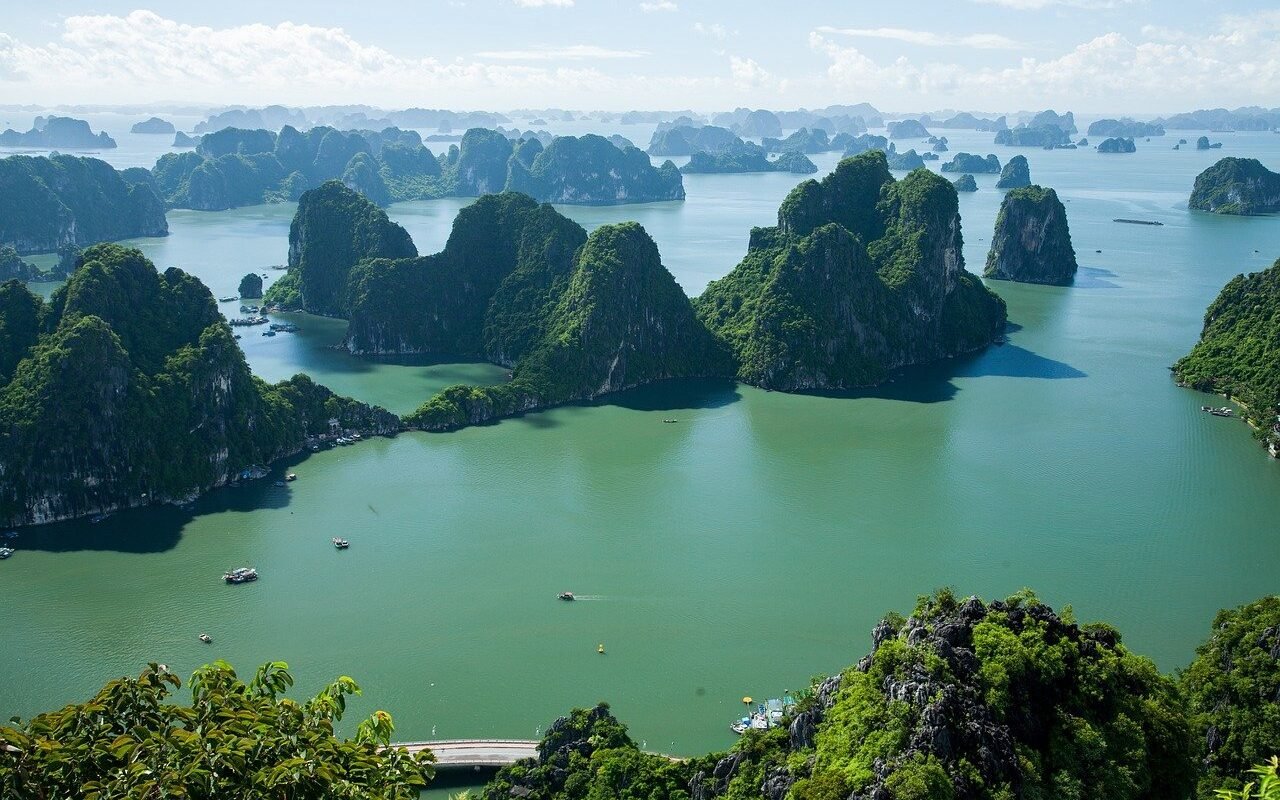
Known for its emerald waters and thousands of towering limestone islands topped with rainforests, Ha Long Bay is a UNESCO World Heritage Site and a natural wonder of the world.
Hanoi
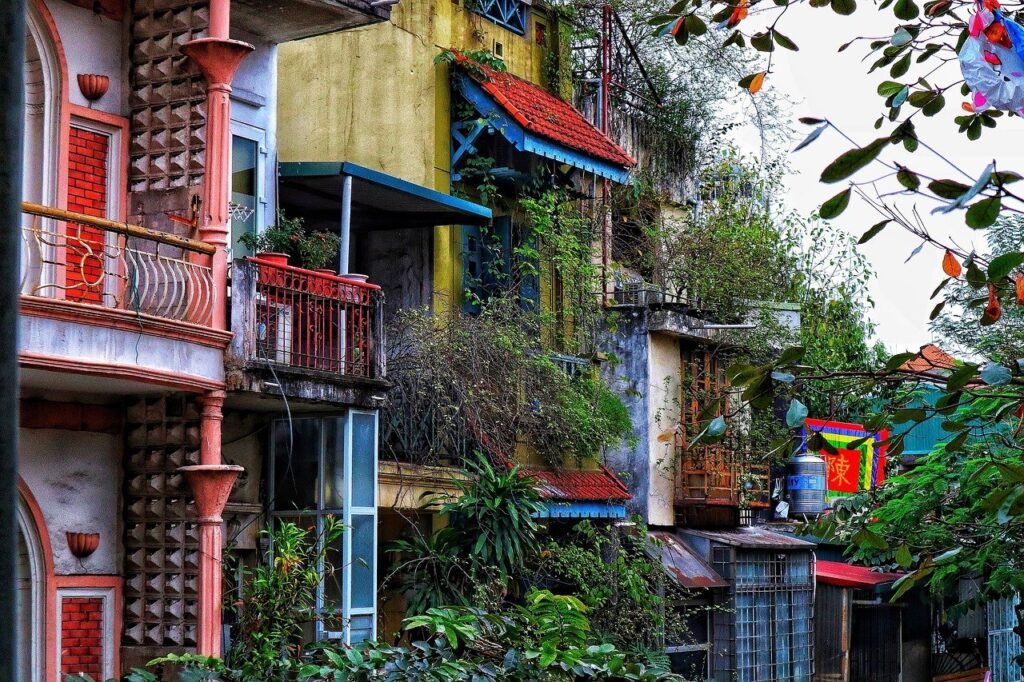
The capital city is famous for its centuries-old architecture and a rich culture with Southeast Asian, Chinese, and French influences. The heart of the city, the Old Quarter, is a must-visit.
Ho Chi Minh City
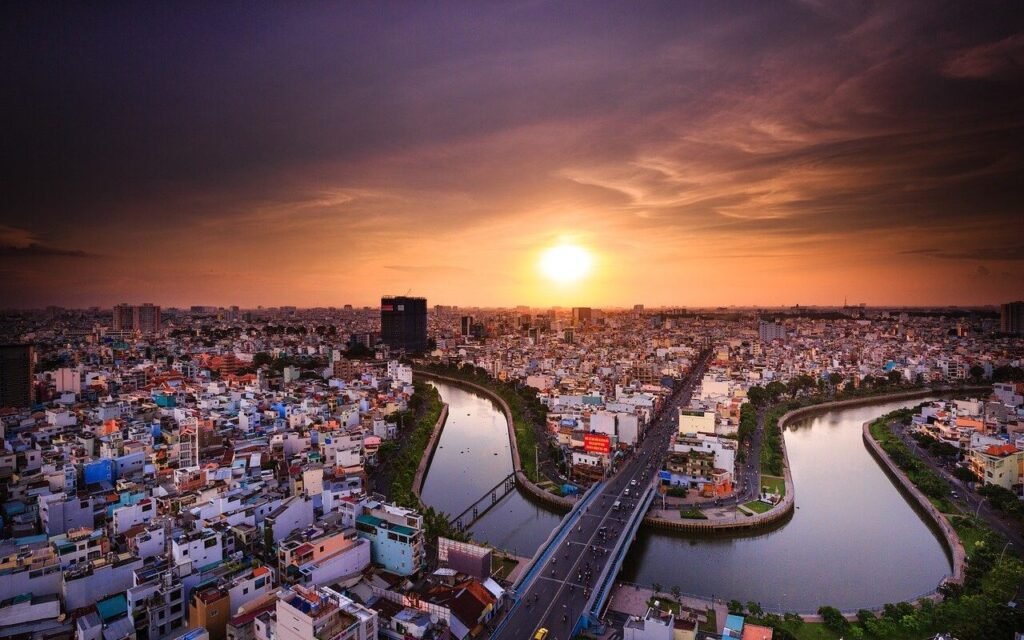
Formerly known as Saigon, this city is the bustling economic hub of Vietnam, known for its French colonial landmarks, vibrant street markets, and the War Remnants Museum.
Hoi An
This charming ancient town is renowned for its well-preserved Ancient Town, cut through with canals, and its history as a multicultural trading port.
Hue
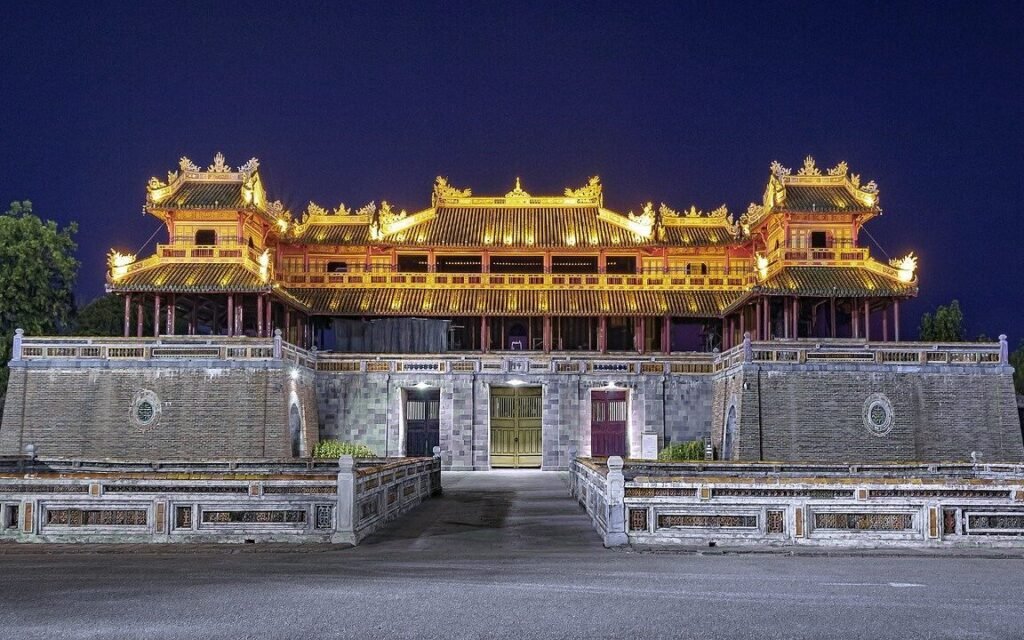
Once the imperial capital of Vietnam, Hue is home to the 19th-century Citadel, royal tombs, and the ancient Forbidden Purple City.
Sapa
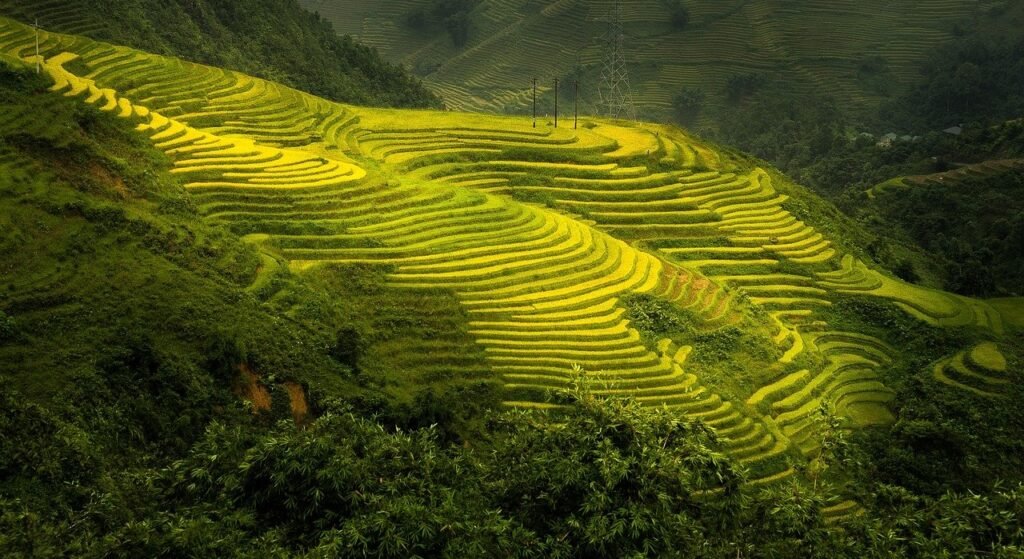
Famous for its terraced rice fields, Sapa is a mountainous region that offers breathtaking views and a chance to experience the life of Vietnam’s ethnic minorities.
Phong Nha-Ke Bang National Park
Known for its ancient limestone karsts and vast network of caves, this park is a paradise for adventurers and nature lovers.
Nha Trang
A coastal resort city known for its beaches, diving sites, and offshore islands, Nha Trang is a blend of city and beach life.
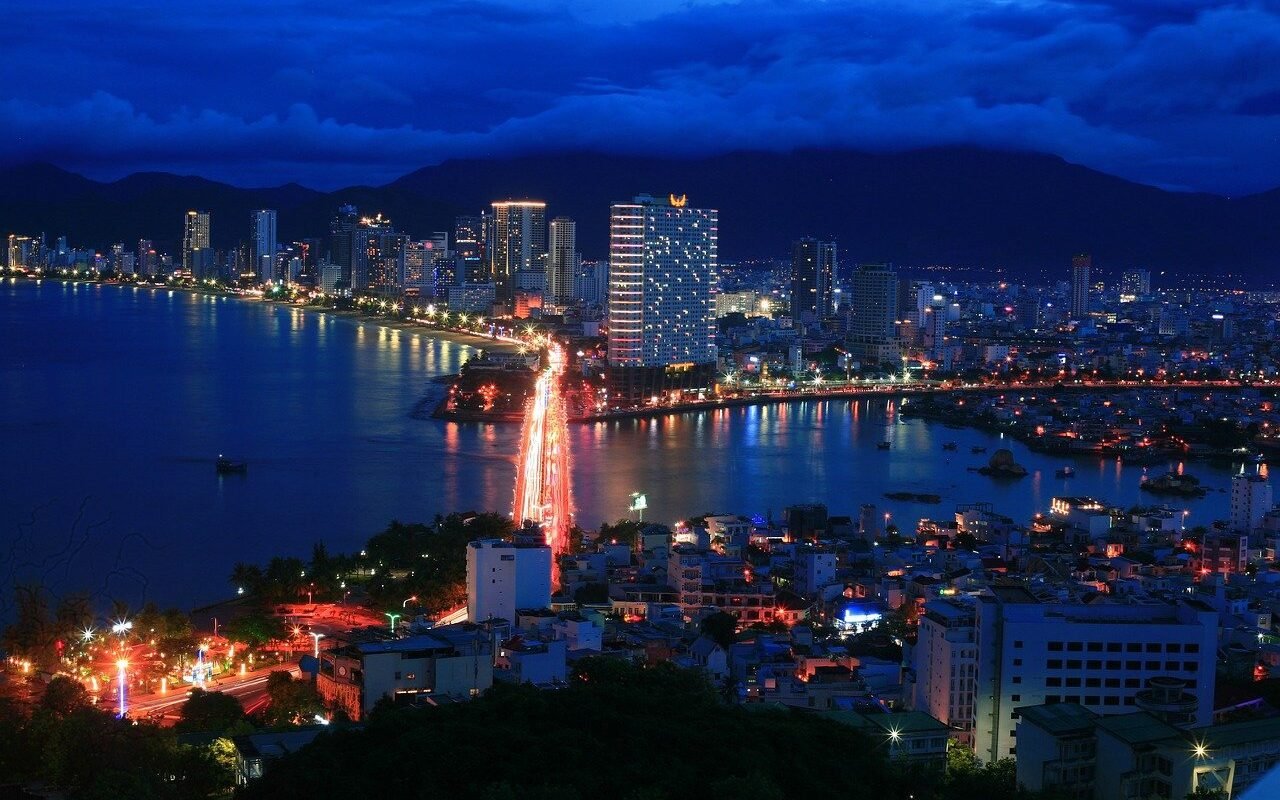
Da Nang
This city is known for its sandy beaches and history as a French colonial port. The Marble Mountains and the Dragon Bridge are highlights.
Mekong Delta
Known as the “Rice Bowl” of Vietnam, the Mekong Delta is a water-world where boats, houses, and markets float upon the numerous rivers, canals, and streams that traverse the landscape.
Each of these destinations offers a unique slice of Vietnam, from urban exploration to natural wonders, making the country a diverse and fascinating place to visit.
If you want to discover more read: Vietnam Top Eight Natural Wonders
Off the Beaten Path: Discover Vietnam
Exploring Vietnam off the beaten path means venturing into less-trodden regions that offer authentic experiences, breathtaking landscapes, and a deeper understanding of the country’s diverse culture. Here are some hidden treasures of Vietnam:
Ha Giang Province: Located in the far north of Vietnam, Ha Giang is known for its spectacular mountainous landscapes, including the Dong Van Karst Plateau Geopark. It’s a haven for adventurers and motorbike enthusiasts, offering winding roads with stunning views and cultural encounters with local hill tribes.
Phu Quoc Island: Off the southern coast of Vietnam, Phu Quoc Island boasts pristine beaches, crystal clear waters, and untouched natural beauty. It’s an ideal spot for relaxation, snorkeling, and enjoying fresh seafood.
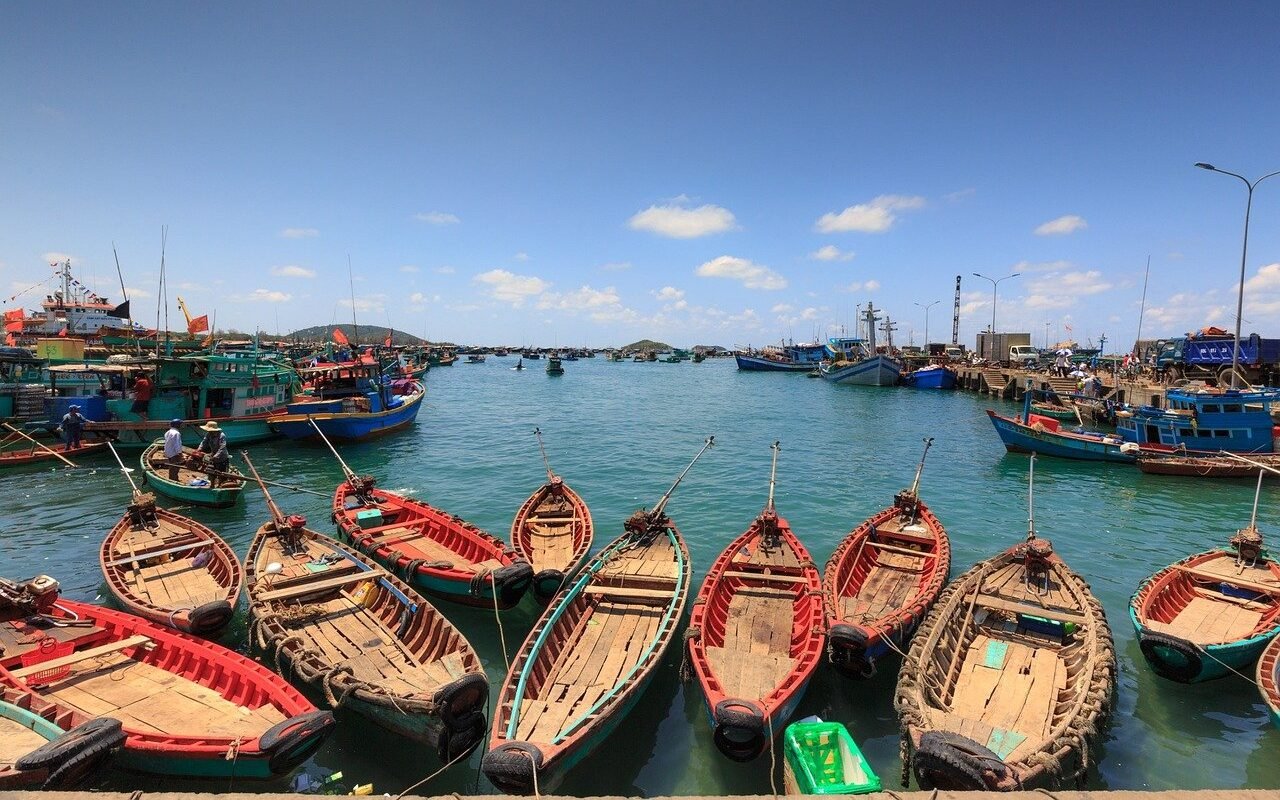
Mai Chau Valley: Nestled in the northern mountains, Mai Chau is a serene, picturesque valley known for its stilt houses and vibrant local culture. It’s a peaceful escape from the hustle and bustle, perfect for cycling and trekking.
Con Dao Islands: A group of islands off the southern coast, Con Dao is known for its rich history, beautiful beaches, and national park. These islands offer a mix of historical sites and natural beauty, with opportunities for diving and wildlife watching.
Mui Ne: This coastal desert town is famous for its towering sand dunes and unique landscape. It’s a popular spot for kite and wind surfing, as well as for enjoying the local fisherman culture.
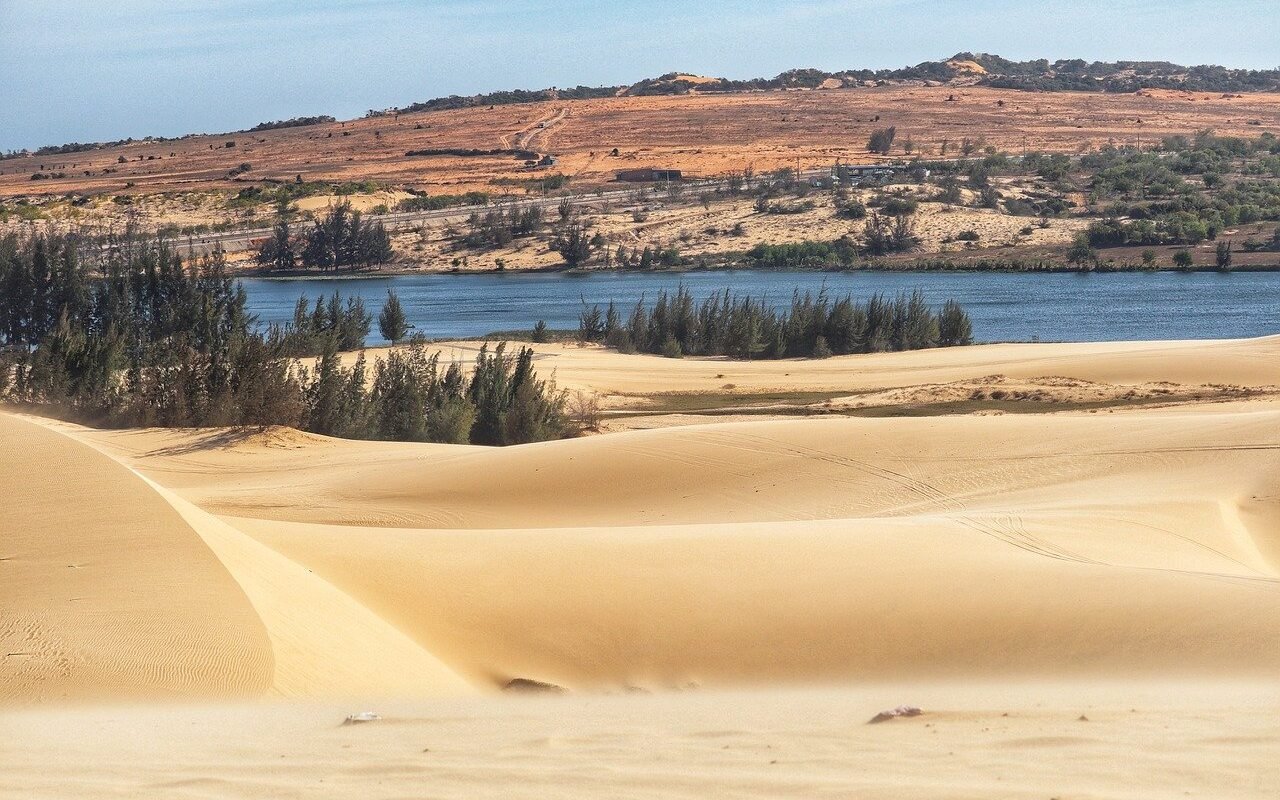
Ninh Binh Province: Often referred to as “Halong Bay on Land,” Ninh Binh offers a landscape of limestone karst peaks permeated with valleys, many of them partly submerged and surrounded by steep, almost vertical cliffs.
Cao Bang: This northern province is home to the spectacular Ban Gioc Waterfall, which straddles the border with China. It’s a region of ethereal beauty, with lush landscapes and rural charm.
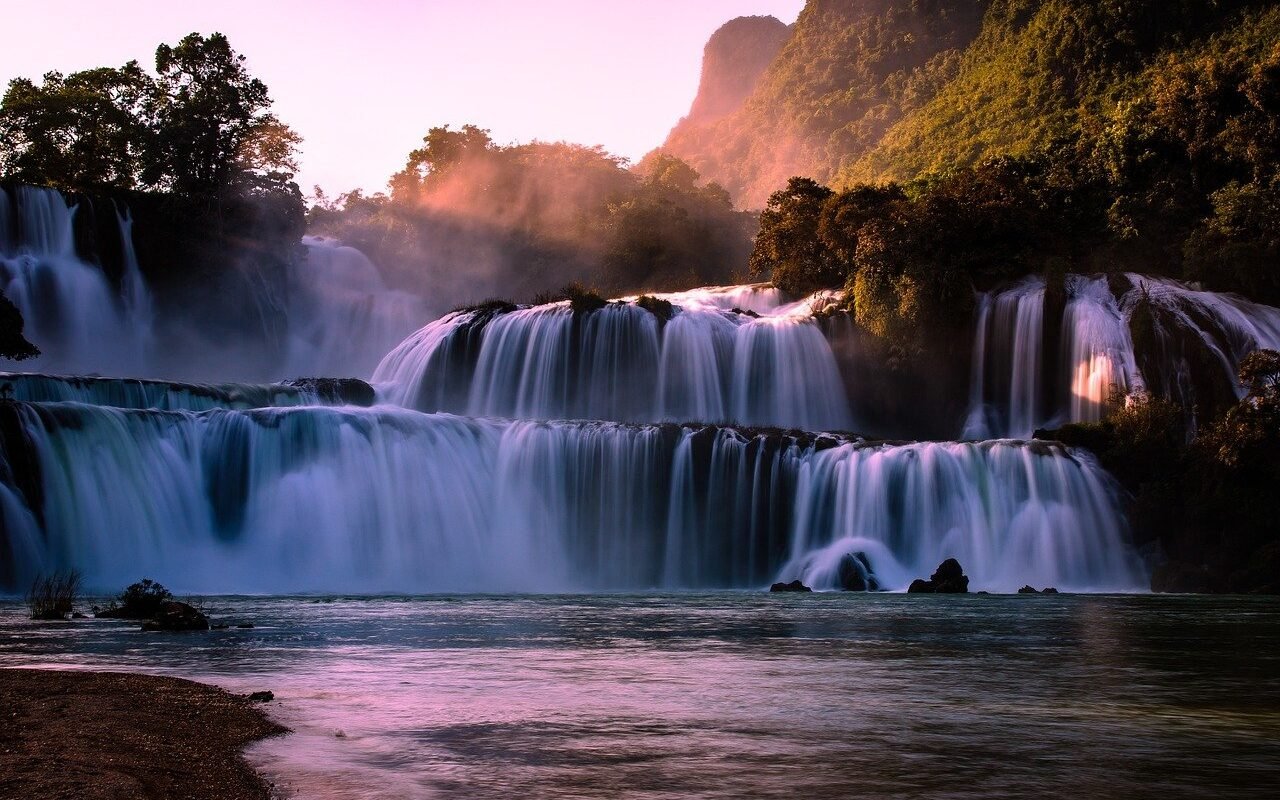
The Central Highlands: This region offers a glimpse into the diverse ethnic minority cultures of Vietnam. With its rolling hills, coffee plantations, and traditional longhouses, it’s a different world from the rice paddies and deltas of the south.
Bac Ha Market: Located in the mountains of northern Vietnam, Bac Ha is the largest market of its kind in the area. It’s a colorful mosaic of different ethnicities, including Flower Hmong, Phu La, and Tay people.
Quy Nhon: This coastal city in central Vietnam is known for its beautiful beaches and Cham ruins. It’s less crowded than other coastal destinations and offers a more relaxed vibe.
Adventure Sports and Activities: Discover Vietnam
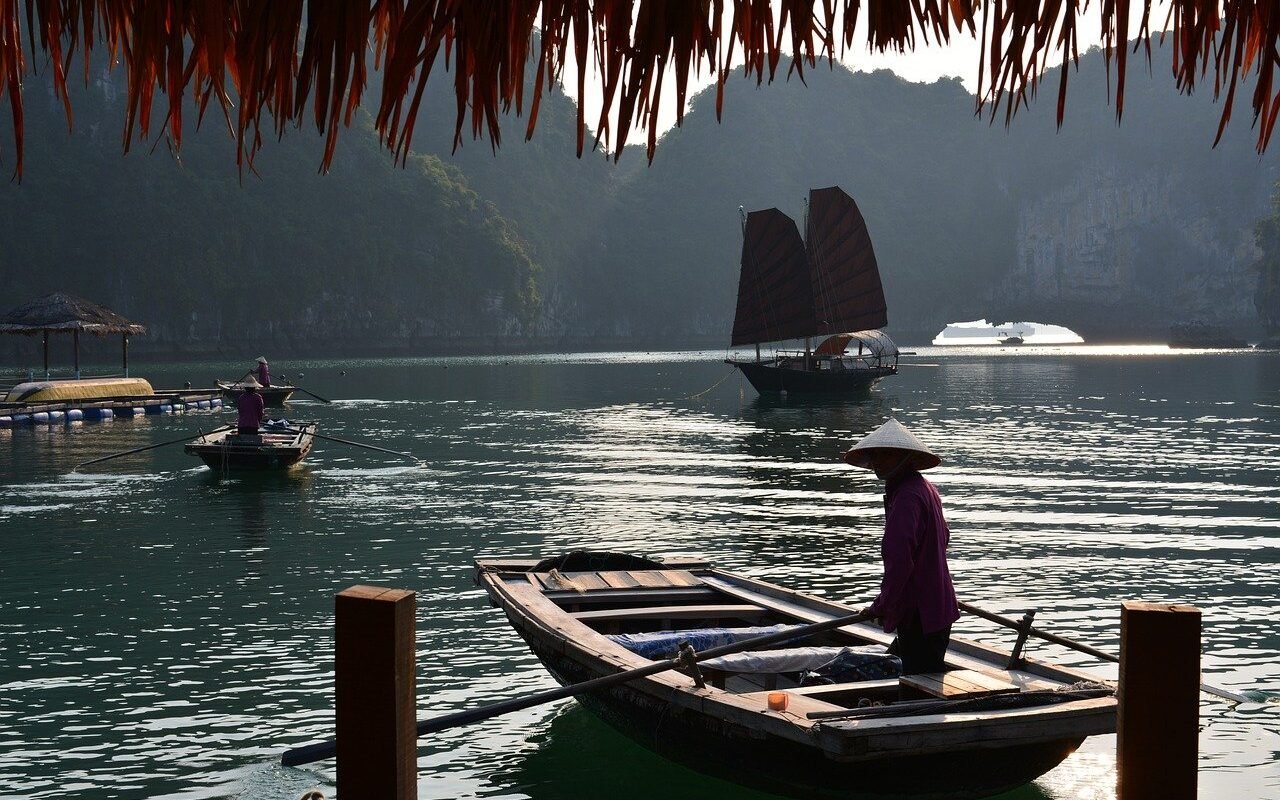
Vietnam is a playground for adventure enthusiasts, offering a variety of activities that cater to the adrenaline seeker. Here are some of the most thrilling adventure sports and activities you can enjoy in Vietnam:
Trekking in Sapa: Located in the northern region, Sapa is famous for its terraced rice fields and stunning mountain scenery. Trekking through this region offers breathtaking views and a chance to experience the culture of local hill tribes.
Kayaking in Lan Ha Bay: This activity allows you to explore the less crowded areas of Halong Bay, weaving through limestone karsts and discovering secluded beaches and caves.
Motorbiking the Hai Van Pass: Offering one of the most scenic coastal roads, the Hai Van Pass is a dream ride for motorcyclists. The route provides panoramic views of the sea and mountains.
Rock Climbing in Cat Ba Island: With its rugged limestone cliffs, Cat Ba Island is a prime spot for rock climbing, offering routes for beginners and seasoned climbers alike.
Caving in Phong Nha-Ke Bang National Park: Home to some of the world’s largest caves, including Son Doong Cave, this park offers unique caving adventures, from easy walks to challenging underground expeditions.
Kitesurfing in Mui Ne: Known for its strong winds and large waves, Mui Ne is a hotspot for kitesurfing. Whether you’re a beginner or an expert, you’ll find suitable conditions here.
Canyoning in Dalat: Dalat’s rugged terrain and waterfalls make it an ideal place for canyoning. This activity involves rappelling down waterfalls, sliding down streams, and cliff jumping.
Paragliding in Hoa Binh: For a bird’s-eye view of Vietnam’s stunning landscapes, paragliding in Hoa Binh offers an exhilarating experience.
Snorkeling and Diving in Nha Trang: The clear waters around Nha Trang are perfect for snorkeling and scuba diving, with vibrant coral reefs and a diverse marine life.
If you want to discover more activities to do in Vietnam please visit Travels Jinn Advice!
Discover Vietnam: Accommodations
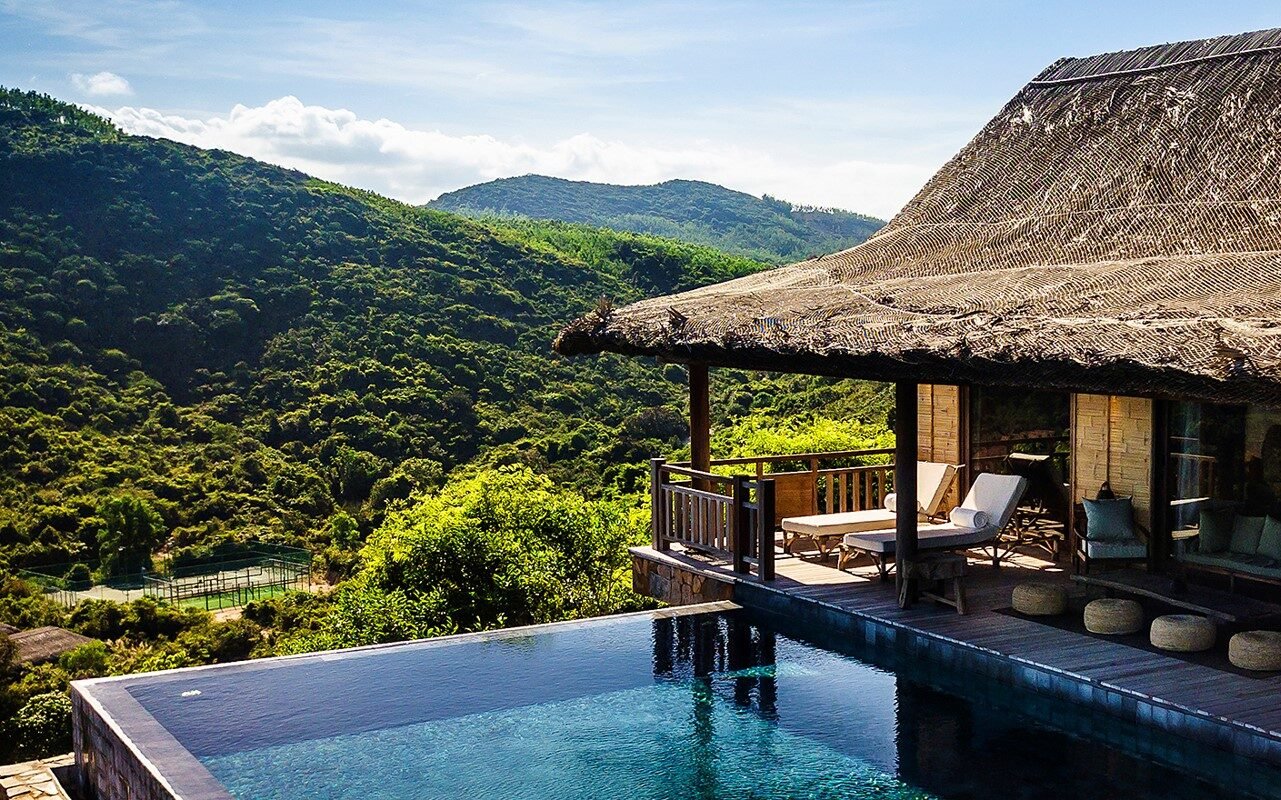
Vietnam’s accommodation options are as diverse as its landscapes, catering to all preferences and budgets.
Luxury Resorts: Vietnam offers a range of high-end resorts, especially in coastal areas like Da Nang, Nha Trang, and Phu Quoc. These resorts provide top-notch amenities, including spas, fine dining, and private beaches.
Boutique Hotels: In urban centers like Hanoi and Ho Chi Minh City, boutique hotels combine luxury with local charm. They often feature unique design elements and personalized services.
Mid-Range Hotels: Throughout the country, there are numerous mid-range hotels offering comfortable stays with standard amenities like air conditioning, private bathrooms, and Wi-Fi, often at very reasonable prices.
Budget Hostels: For backpackers and budget travelers, hostels are plentiful, particularly in popular tourist destinations. They provide basic accommodations, often with options for both private rooms and dormitories.
Homestays and Guesthouses: Homestays offer a unique opportunity to experience local Vietnamese life. Particularly prevalent in rural areas, they allow guests to stay with local families and often include home-cooked meals.
Serviced Apartments: Ideal for longer stays, serviced apartments in Vietnam come with facilities like kitchens, laundry services, and housekeeping. They are a good choice for families and business travelers.
Capsule Hotels: Gaining popularity in larger cities, capsule hotels offer a budget-friendly and unique option, with small, pod-like beds in shared rooms.
Eco-Lodges and Bungalows: In areas of natural beauty, such as national parks and remote beaches, you can find eco-lodges and bungalows. These accommodations focus on sustainability and offer a closer connection to nature.
Do you want to know more about Sustainable Travels? Please read Travels Jinn guide: Global Sustainable Tourism: A Comprehensive Guide to Eco-Friendly Travel.
Discover Vietnam: Local Cuisine
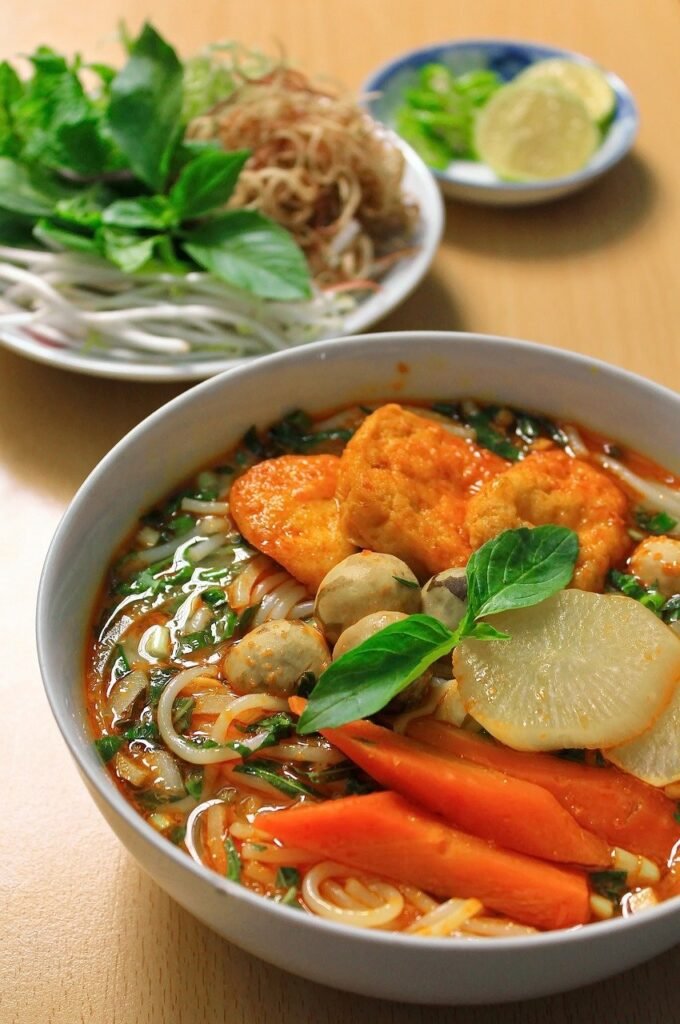
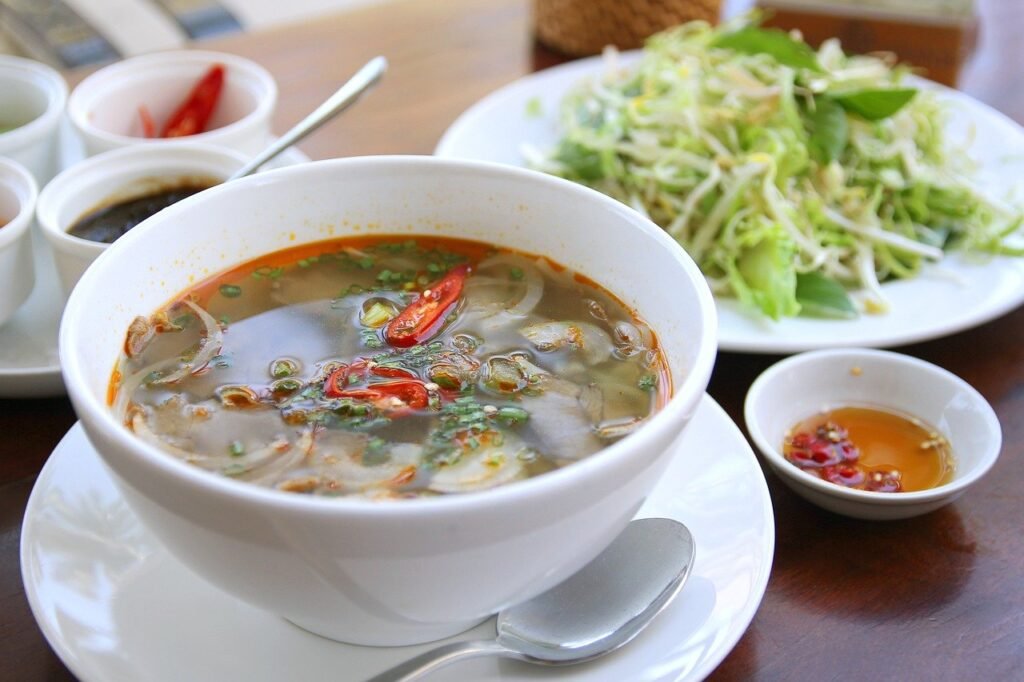
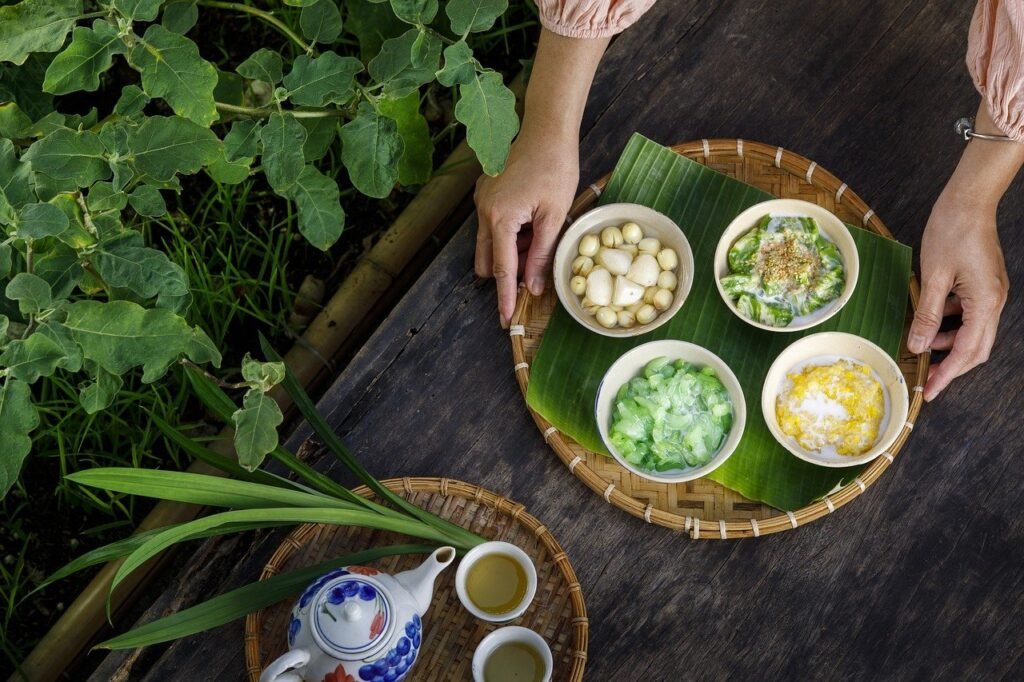
Vietnamese cuisine is a vibrant tapestry of flavors and textures, reflecting the country’s rich culinary heritage.
- Phở: A national staple, Phở is a fragrant noodle soup typically made with beef (Phở Bò) or chicken (Phở Gà). The broth is light but flavorful, often simmered for hours, and served with herbs, lime, and chili.
- Bánh Mì: This iconic Vietnamese sandwich combines a crispy baguette with a variety of fillings, including pâté, cold cuts, cucumber, coriander, pickled carrots, and daikon.
- Gỏi Cuốn (Spring Rolls): These fresh spring rolls are packed with greens, prawns, pork, and rice vermicelli, wrapped in rice paper. They are served with a dipping sauce, often a mix of fish sauce, hoisin sauce, and peanuts.
- Cà Phê Sữa Đá: Vietnamese iced coffee is a must-try, made with strong coffee and sweetened with condensed milk.
- Bún Chả: Originating from Hanoi, this dish features grilled pork over a plate of white rice noodles, herbs, and a dipping sauce.
- Bánh Xèo: A savory pancake filled with pork, shrimp, and bean sprouts, served with fresh herbs and a dipping sauce.
- Hủ Tiếu: A popular noodle soup in the south, it is made with pork, seafood, or chicken, with a clear and slightly sweet broth, served with herbs and bean sprouts.
- Bún Bò Huế: A spicy beef noodle soup from Hue, it is known for its balance of spicy, sour, salty, and umami flavors, often topped with slices of beef, oxtail, and pig’s knuckles.
Each of these dishes is a reflection of Vietnam’s diverse regions, from the bustling streets of Ho Chi Minh City to the serene landscapes of Hanoi, and tells the story of Vietnam’s rich and complex history.
Deep Dive into Vietnam Culture
Discover Vietnam: Music and Dance
- Traditional Music: Vietnam’s traditional music includes several genres like Chèo (a form of opera), Quan Ho (folk music involving alternating groups of female and male singers), and Hát Chau Van (spiritual singing). Each genre has unique characteristics and is deeply rooted in Vietnamese traditions.
- Ca Trù: An ancient genre of chamber music featuring a female singer, with instrumental accompaniment, known for its poetic lyrics and intricate melodies.
- Hò: These are call-and-response folk songs, typically sung in the countryside. They reflect the daily life and work of the Vietnamese people.
- Hát Xam: A form of music performed by blind musicians. Once a street performance art, it has seen a revival in recent years.
- Traditional Dance: Traditional dance in Vietnam varies from ethnic tribal dances to royal court dances. The Apsara dance, a type of classical dance, is notable for its grace and beauty.
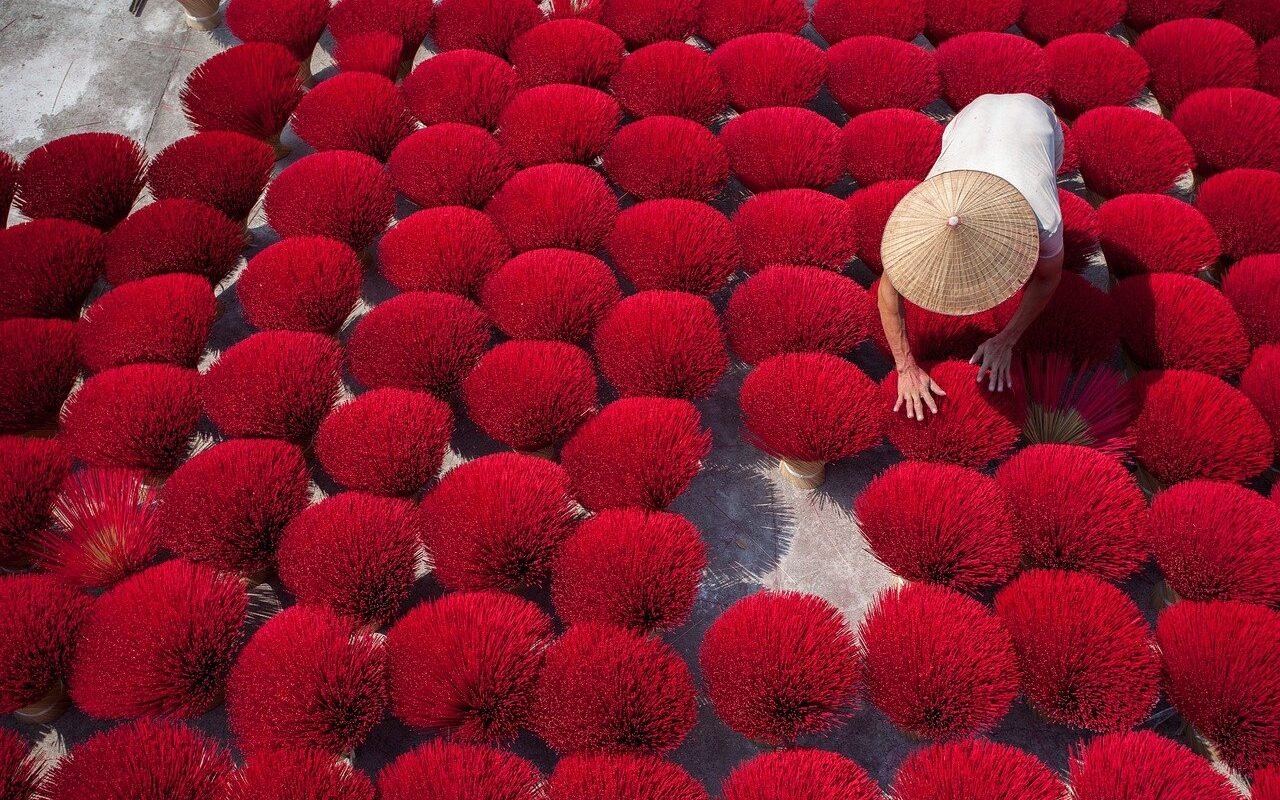
Discover Vietnam: Local Festivals:
- Tet Nguyen Dan (Lunar New Year): The most important festival in Vietnam, celebrated with family reunions, special foods, and traditional rituals.
- Mid-Autumn Festival: Known as “Tet Trung Thu”, this festival is especially loved by children and features lion dances, lantern parades, and mooncakes.
- Hue Festival: Held in the ancient city of Hue, this biennial festival showcases traditional music, performances, and art, along with cultural events from around the world.
- Perfume Pagoda Festival: A religious festival drawing pilgrims from across the country to the Perfume Pagoda near Hanoi, involving boat trips and hiking.
- Lim Festival: Celebrated near Hanoi, this festival is famous for Quan Ho singing performances, reflecting the rich culture of the region.
- Tet Nguyen Tieu (Lantern Festival): Marking the first full moon of the Lunar New Year, it’s celebrated with lanterns, lion dances, and temple visits.
Travel Tips for Vietnam
Discover Vietnam: Best Time to Visit
- Overall: The best time to visit Vietnam is between November and April, when rainfall is minimal and temperatures are more moderate.
- North Vietnam: Winter months (November to April) are colder but generally dry. Summer (May to October) is hot and humid with heavy rainfall.
- South Vietnam: The dry season from November to April is ideal for visiting southern parts, including Ho Chi Minh City.
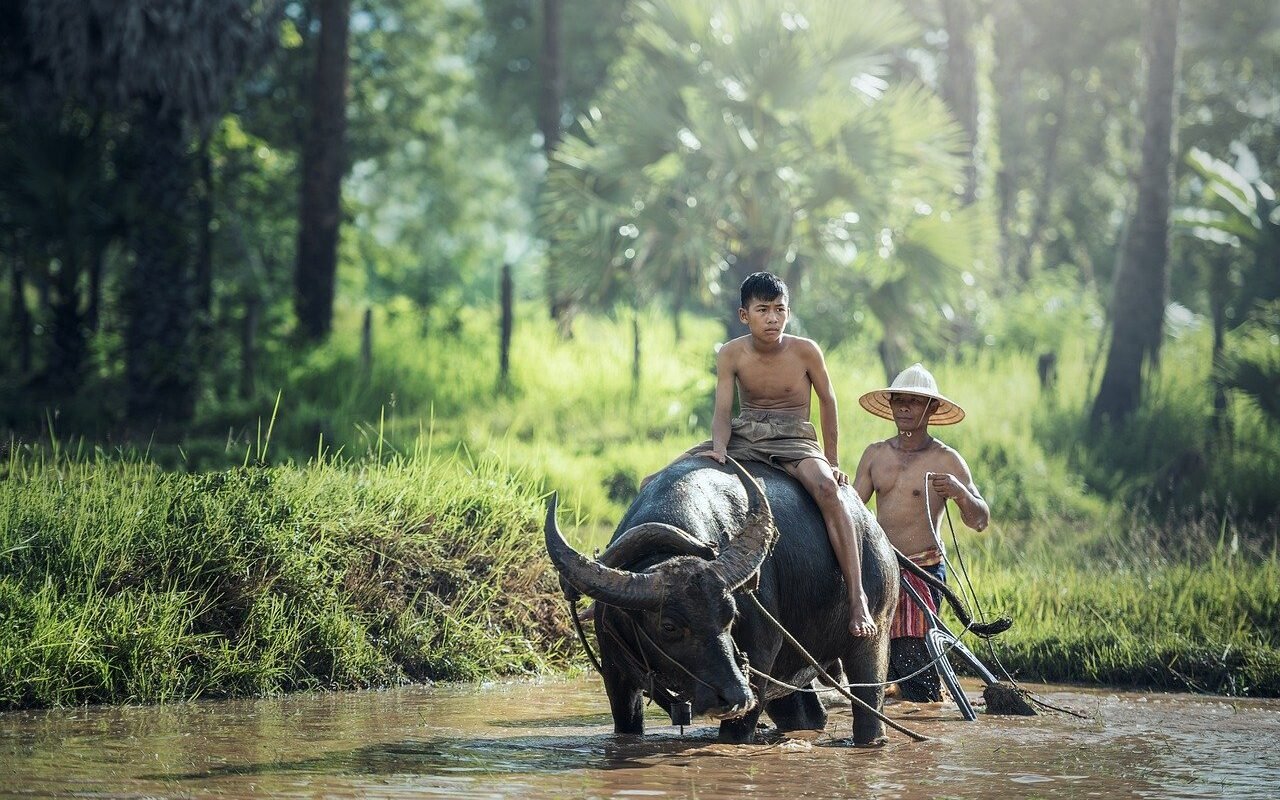
Discover Vietnam: Safety Tips
- Be Vigilant: Always be aware of your surroundings, especially in crowded areas.
- Health Precautions: Drink bottled water, use mosquito repellent, and stay updated on vaccinations.
- Travel Insurance: Ensure you have comprehensive travel insurance covering health, theft, and cancellations.
- Respect Local Customs: Familiarize yourself with local customs and dress codes, especially when visiting religious sites.
Discover Vietnam: Navigating Transportation
- Local Buses: An affordable way to travel, but can be crowded. Ideal for short distances.
- Trains: A scenic and comfortable way to travel between cities. Book in advance for sleeper trains.
- Taxis and Ride-Sharing Apps: Convenient for city travel. Ensure the meter is used, or use apps like Grab for fixed fares.
- Car rentals: Popular for short distances but be cautious of traffic and road conditions.
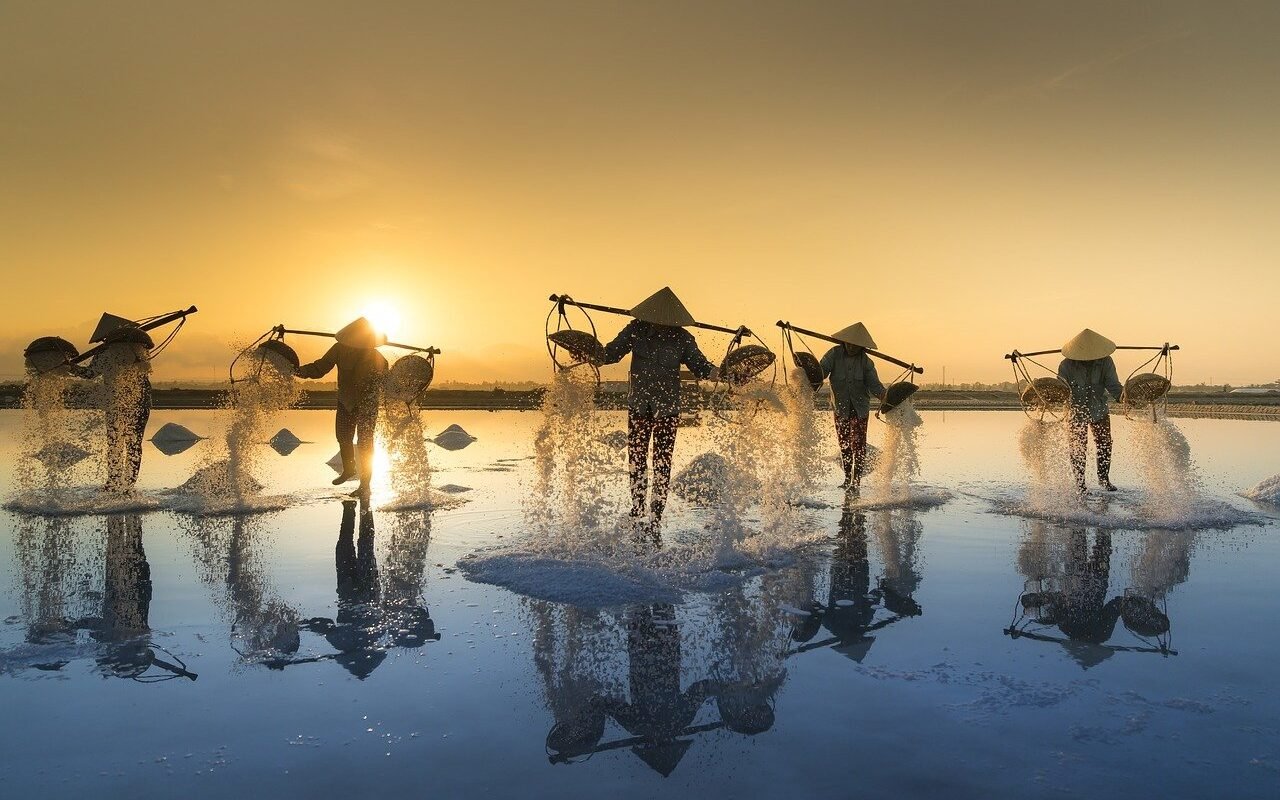
Whether you’re seeking a luxurious escape or an eco-friendly retreat in Vietnam, Travels Jinn offers a vast array of options.
- Diverse Destination Options: Travels Jinn’s platform showcases a range of destinations. From the serene beaches of Vietnam to the tranquil mountains of the north regions, every traveler can find a destination that resonates with their dreams!
- Inspiration: Go to our blog Travel Diaries
- Sustainability: if you are interested in sustainable travels read our guide.
- Customization: Think of Travels Jinn as your personal travel genie. You can create an itinerary that’s just as unique as you are. Love adventure? Add some thrilling activities. Prefer relaxing? Include some serene spa days. Travels Jinn lets you mix and match to perfectly fit your interests and preferences, making every trip a one-of-a-kind experience.
- Expert Guide: Imagine having a travel expert right in your pocket, ready to help anytime, anywhere. With Travels Jinn, you’ve got that!
- Seamless Experience: Planning a trip can be overwhelming, but not with Travels Jinn. It’s your all-in-one travel buddy, where you can book flights, hotels, and activities all in one place. Plus, it goes beyond just bookings. You’ll get detailed itineraries, handy travel guides, real-time translations, and even tools to keep track of your spending. You have your travel assistant that takes care of all the details so you can focus on having fun.
In summary, Travels Jinn is your go-to resource for planning your dream Vietnam vacation. Its comprehensive selection, detailed information, and user-friendly tools make the journey to this beautiful country both exciting and effortless.
Seize the moment, Vietnam will enchant you!

